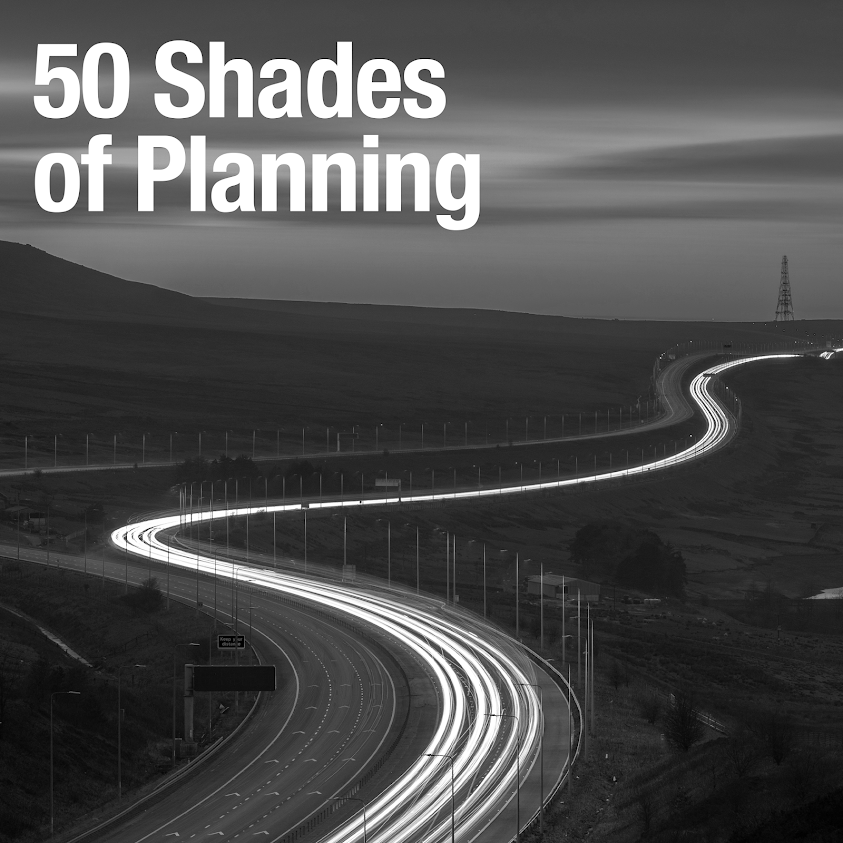If you really cared about something that was under threat how would you go about protecting it? A practical option could be ownership or at least part-ownership, like the campaigners trying to save Ancoats Dispensary in Manchester, or the Pompey Supporters Trust, which took control of Portsmouth Community Football Club. A political option could be a campaign, like the Labour's twenty year fight to save the NHS...
This came to mind at a RTPI-sponsored Green Belt debate at Oxford Brookes University, where the Campaign to Protect Rural England's (CPRE) Head of Planning, Matt Thomson, began his remarks by stating that the CPRE "like to think that we own the Green Belt."
The CPRE do not, obviously, own the Green Belt, and instead 'stand up for it' on it's member's behalf, but what if it did? What if, in order to provide a 'beautiful and thriving countryside for everyone' the CPRE started to acquire beautiful land for the benefit of not just it's member's but for everyone. According to Wikipedia, the CPRE has 60,000 'members and supporters'. If all of those people paid the suggested subscription of £3 a month then the CPRE would have an annual income from subscriptions of over a £2 million. Investing half of that in farmland, at, say, £15,000 an acre, could represent 66 acres per year. Not a great deal, but over time it could be, and if the public are so keen to maintain the unique character of the English landscape, and to support sustainable farming and locally produced food (and 4.2 million National Trust members suggest that we are), perhaps people would actually spend more than £3 a month to do so. There might even be membership dividends from all of the farmshops, ice cream parlours and car parks...
A CPRE with a budget to identify, protect and improve access to special landscapes would, perhaps, make a greater contribution to the rural environment than a CPRE with a single 'Save Our Countryside' mandate. In this blog Shaun Spiers, Chief Executive of the CPRE, recognises that "we need more houses, and some of them will inevitably go on greenfield sites. But we need to build with care." There is nothing more careful than a local plan process so let us imagine that through that process the sites most representative of the unique character of the English landscape were identified and allocated as such. With no development value at all they could be acquired at little more than market value. In the meantime, sites that are not representative of the unique character of the English landscape can be allocated for development.
So I would like to propose to the CPRE that it does buy some Green Belt. In fact, I think that I would join the Campaign To Purchase Rural England. More local plans would get adopted, more homes would get built, and there would be more chance of a 'beautiful and thriving countryside for everyone'.

Comments
Post a Comment